Are you curious about the differences between sketching and drawing? Do you want to learn more about how each of these art forms can be applied in different ways? Whether you’re a beginning artist looking to get started or an experienced artist just brushing up on your skills, this blog post will teach you everything there is to know about sketching and drawing! We’ll cover what defines both of these art forms, the steps for creating sketches and drawings, various tips and tricks, as well as the advantages of using each. By the end of this blog post, no matter your level of experience, you’ll have a better understanding of how sketching vs. drawing could fit into your artistic arsenal!
Basics of Sketching
Sketching is a fundamental skill for any artist, whether you’re an amateur or professional. A sketch is a quick drawing that captures the essence of an idea, and can be used as the basis for larger works. Here are some basic tips to help you get started with sketching:
- Choose your materials wisely – Different media such as pencils, charcoal, markers and pastels require different techniques. Choose the materials that feel comfortable for you and practice with them to get a good sense of how they react when you draw. [1]
- Start by sketching basic shapes – Sketch simple geometric shapes such as circles and squares before progressing to more complex objects like animals or people. This will help you develop your skills in composition and perspective.
- Practice gesture drawing – This is the act of sketching a figure or object from memory in order to capture its essence. Gesture drawing can help you develop your ability to draw quickly without worrying about details.
Sketching is an art form that requires patience, practice, and most importantly – creativity! Experiment with different materials and techniques to find the style that works best for you. With practice, you’ll be able to create stunning sketches in no time!
Another great way to get into sketching is by attending a local art class or club. Here, you can learn from experienced artists and interact with other creatives who share your passion for drawing. You can also take advantage of online resources such as tutorials and forums to help you hone your skills. With the right resources, sketching can be an engaging and rewarding experience. [2]
What are the Most Popular Sketching Techniques?
When it comes to sketching, there are a few popular techniques that artists swear by:
Stippling
Stippling is a method of creating shading and texture on a page by adding small dots with pen or pencil. The more dots you add, the darker the effect will be. Stippling allows artists to create detailed works of art without having to use complicated tools such as charcoal or pastels.
Contour
Contour drawing is essentially outlining an object or a figure with continuous lines. This technique is most effective when the artist focuses on portraying the shape of their subject by paying attention to the edges and curves rather than details such as shadows and highlights.
Blind Contour Drawing
Blind contour drawing takes the concept of contour drawing one step further, in that it requires artists to draw the figure or object without looking at their paper. This technique helps artists focus on capturing the subject in its entirety rather than fixating on each individual line.
Charcoal Sketching
Charcoal sketching is one of the most popular mediums used by sketchers. Charcoal provides an artist with a wide range of tones and textures to work with, allowing them to create incredibly detailed renderings of whatever subject they are drawing.
Hatching and Cross-Hatching
Hatching is the technique of adding lines in a repetitive pattern in order to add texture or shading to an image. These lines can be drawn either vertically, horizontally or diagonally for different effects. Cross-hatching takes the concept of hatching one step further, by crossing the lines to create an even darker and more intricate effect.
These are just a few of the most popular sketching techniques used by artists today. While each technique has its own unique purpose and application, it is ultimately up to the artist to decide which method works best for them. Just remember that practice makes perfect, and with enough practice, you too can create beautiful art! [3]
Must-Have Tools for Sketching
In addition to paper and pen, there are some great tools available for sketching. Here are a few of the must-have tools you should consider investing in if you’re serious about sketching:
- Pencils – Pencils come in varying degrees of softness so you can achieve different kinds of shading and texture effects in your sketches. Graphite pencils are the most popular, but colored and watercolor pencils can also be great for shading and adding depth to your drawings.
- Charcoal – Charcoal is a great tool for sketching because it produces deep blacks and can easily be smudged to create soft gradients. However, it’s not as precise or forgiving as a pencil so it can take some practice to use charcoal effectively.
- Erasers – Erasers are essential for sketching because they allow you to quickly and easily make corrections and adjustments. Kneaded erasers are great for lightening or removing dark pencil lines, while hard Pink Pearl erasers are best for precise corrections in small areas.
- Drawing Pens – Drawing pens come in a wide range of nib sizes and are perfect for creating crisp lines and details. They can be used for both pencil sketching and ink drawing, so they’re especially versatile.
- Brush Pens – Brush pens are great for adding texture and detail to your sketches. They produce thick, brush-like strokes that can make even the simplest sketch look more interesting.
- Blending Stumps – Blending stumps are great for creating smooth transitions between colors and textures when sketching. They can also be used to soften hard edges and make them look more realistic.
- White Charcoal – White charcoal is perfect for adding highlights to your drawings or creating dramatic light effects. It can be a bit tricky to use because it’s very hard to erase, but the results can be worth it.
- Sketchbooks – A good sketchbook is essential for any artist. They come in a variety of sizes, materials and binding styles so you can find one that best suits your needs. It’s also great to have multiple sketchbooks on hand so you can quickly jot down ideas and sketches when inspiration strikes.
By investing in these tools, you’ll be able to take your sketching game to the next level and create beautiful works of art. With a bit of practice, you’ll soon be sketching like a pro! [4]
Basics of Drawing
Drawing is a great way to express yourself creatively and explore new ideas. Before you begin drawing, it’s important to familiarize yourself with the basics of drawing. Here are some tips for getting started:
- Choose your medium – Pencils, markers, pastels, charcoal and other media all provide different effects. Pick one that fits your style and practice using it. [5]
- Develop your observational skills – Look closely at the object or scene you’re trying to draw and take note of details like shapes, textures, lines, shadows and colors.
- Start with basic shapes – Before attempting a complex subject matter, start with simple geometric shapes such as circles, squares and triangles to build up your confidence.
- Practice shading – Shading is a key skill in drawing and can help bring your work to life. Experiment with various techniques such as hatching, cross-hatching and stippling to create interesting textures and depth.
- Find inspiration – Look at other drawings for ideas and inspiration, or draw from life by sketching people, animals and nature.
- Experiment – Don’t be afraid to try new things and push your boundaries. Try different tools, techniques and media to find what works best for you.
- Forgo perfection – Remind yourself that it’s okay if your drawing isn’t perfect–in fact, mistakes can be a great way to learn and grow as an artist!
- Have fun – Enjoy the process of creating and don’t get too caught up in the end result. The journey is just as important as the destination! [6]
What are the Most Popular Drawing Techniques?
The popularity of drawing techniques vary widely depending on the type of artwork being produced. However, some of the most popular drawing techniques used by both amateur and professional artists alike include:
Pencil Drawing
Pencil drawing is a technique that involves using graphite to create an image on paper. It can range from very light, subtle lines to deep, dark strokes. Pencil drawing is popular among both professional and amateur artists as a medium for creating realistic images or loose sketches.
Ink Drawing
Ink drawing is a technique that involves using a liquid-based black ink to create an image on paper. It is often used in illustration work but can also be used to create very detailed drawings as well. Ink drawing is popular among both professional and amateur artists for its ability to create unique effects with minimal effort.
Charcoal Drawing
Charcoal drawing is a technique that involves using charcoal sticks or pencils to create an image on paper. It can range from smudged, abstract lines to crisp, detailed drawings. Charcoal drawing is popular among both professional and amateur artists for its ability to create a wide range of textures and effects.
Watercolor Drawing
Watercolor drawing is a technique that involves using water-soluble paints to create an image on paper. It can range from loose, abstract brushstrokes to highly detailed paintings. Watercolor drawing is popular among both professional and amateur artists for its ability to create beautiful, luminous colors.
Pastel Drawing
Pastel drawing is a technique that involves using dry pastel sticks or pencils to create an image on paper. It can range from vibrant, bold lines to soft, muted hues. Pastel drawing is popular among both professional and amateur artists for its ability to easily blend colors and create unique effects.
Digital Drawing
Digital drawing is a technique that involves using computer software and tablets to create an image on a screen. It can range from basic shapes to highly detailed illustrations. Digital drawing is popular among both professional and amateur artists for its ability to quickly produce artwork with the help of technology. [7]
Must-Have Tools for Drawing
When it comes to drawing, having the right tools can make a huge difference in your final artwork. Along with the basics like paper and pencils, here is a list of some of the must-have tools for any artist:
- Pencils & Erasers: A good quality set of pencils, both hard and soft, is essential. For the most precise work, mechanical pencils are a great choice. Be sure to also have some erasers on hand in case you need to make any corrections or adjustments.
- Rulers & Compasses: Keep a few rulers of different sizes handy for measuring and drawing straight lines. Compasses are necessary for creating circles and arcs.
- Art Pens & Markers: These are great for creating bold, vibrant lines that stand out on the paper. Make sure you have a variety of colors and tip sizes available.
- Brushes & Paint: For painting projects, having a set of brushes is essential. Choose ones that are made from high-quality materials and designed for the type of painting you will be doing. Additionally, make sure to have plenty of paint in your favorite colors.
- Drafting Table: A drafting table is a great way to keep all your artwork organized while working on it. It also provides you with a comfortable and convenient workspace.
- Drawing Software: For digital artwork, specialized drawing software is a must-have. Popular programs include Adobe Photoshop and Krita. These tools provide you with an array of features that make creating art easier and more efficient. [8]
What’s the Difference between Sketching and Drawing?
While sketching and drawing can have many similarities, there are a few key differences that make them distinct.
- Intent: Sketching is often done quickly and usually without much thought, whereas drawing takes more time and can be used to convey a specific message or emotion.
- Form: Sketches are often more abstract than drawings, which are typically more realistic in their representation of what’s being depicted.
- Skill Level: Sketching is often seen as a way for beginners to practice and develop their skills, while drawing usually requires more skill and experience.
- Materials: Sketching generally uses less expensive materials than drawing, which can involve the use of specialized supplies like pastels and charcoal.
- Finishing: Sketches are often left unfinished or incomplete, while drawings often need to be carefully finished in order to look professional.
Overall, sketching and drawing are two distinct art forms that involve different processes and techniques. Sketches can provide a great way for beginners to explore their creative side, while drawings can be used to create more detailed pieces of art with greater precision. Both methods offer unique advantages that can help you create beautiful artwork. No matter which one you choose, the most important thing is to have fun and express yourself. [9]
How to Learn to Draw Professionally?
Learning to draw professionally requires a lot of practice and dedication. Even the most experienced artists have had to put in countless hours of work honing their craft. Here are some tips on how to get started learning to draw professionally:
- Start with basic shapes: Start by learning the basics of drawing, such as understanding lines, circles, squares, and triangles. This will help you develop the foundation of your skills and give you the confidence to progress further. [10]
- Learn about light and shadows: Knowing how to draw realistic lighting and shadows can take your art from basic shapes to life-like drawings. Study up on how light works in a three-dimensional world so that you understand how to create convincing images.
- Develop your style: Even professional artists have a unique style that sets them apart from others. Spend some time developing your own unique look and feel to your art.
- Practice, practice, practice: The only way to truly master drawing is with hours of dedicated practice. Make sure you set aside enough time each day or week to dedicate towards improving your skills.
- Take classes or workshops: Taking classes or workshops with experienced artists can help accelerate the learning process by exposing you to different ideas and perspectives. This can help you develop your skills faster and more effectively.
- Join a community: Joining an art group or online forums can be beneficial for learning to draw professionally. You can get feedback from others on your work, share ideas, and stay informed about upcoming events or classes.
- Find inspiration: One of the best ways to become better at drawing is to be inspired by the work of others. Look at works from professional artists, books, galleries, and more to get ideas and help stay motivated.
- Don’t be afraid to make mistakes: As you practice, it’s inevitable that you will make mistakes. Don’t let this deter you or discourage your progress. Mistakes are a part of learning and can be used to help refine your technique.
- Invest in quality materials: Quality art supplies are essential for producing professional work. Investing in high-quality materials and tools will help ensure your artwork looks its best.
- Have patience: Learning to draw professionally takes time and dedication, so be sure to have patience with yourself during the process. It may take some time before you start seeing results, but keep at it and you will get there eventually. [11]
FAQs
What is the difference between drawing and sketching paper?
Drawing paper is usually thicker than sketching paper and more suitable for use with pencil, pen or charcoal. It has a smoother surface compared to sketching paper which makes it easier to produce crisp lines and fine details. Sketching paper is thinner and better suited for lighter applications such as watercolors, marker pens, and colored pencils. It has a coarser texture than drawing paper, which allows for greater absorption of liquid and the ability to hold more layers of medium. Both papers come in a variety of sizes and weights to meet different artistic needs.
Which is easier sketching or drawing?
Sketching and drawing are both great ways to express creativity. The answer to the question of which is easier depends on the individual artist, as well as their skill level.
For some people, sketching may be a more intuitive approach because it allows them to quickly map out an idea or concept that they have in mind. Sketching also requires minimal materials, and the sketches can be easily modified as needed.
Drawing, on the other hand, may be more challenging because it requires an artist to render their ideas with greater detail and precision. This type of artwork requires more skill to achieve quality results. Drawing also typically involves more supplies than sketching does.
What is the difference between a sketch and a technical drawing?
A sketch is a loose, informal representation of an object or idea. Generally, it does not include precise measurements or exact lines, and the focus is on conveying the shape and overall appearance of the object. Technical drawings are more detailed representations of an object that use exact measurements and specific lines. They typically include dimensions, notes about materials required to build the object and other important information. Additionally, technical drawings are much more precise and accurate compared to sketches as they must be in order for the object or structure to be properly built. Technical drawings can also contain graphic symbols, labels and annotations which further clarify what the drawing is depicting.
Is sketching a skill or talent?
Sketching is a skill that can be developed over time with practice and dedication. It is not just about being able to draw something accurately on paper, but also understanding how the subject of your drawing works in terms of its form or structure. Therefore, it requires an eye for detail and an ability to focus on the smallest nuances of what you are sketching. With practice, you can learn to sketch anything and eventually turn it into a work of art.
Sketching also requires creativity and imagination to add an artistic touch to your sketches. To draw something realistically, you need to be able to think about the subject from different angles and perspectives. Creative thinking is crucial for sketching as it helps you come up with interesting ideas and techniques to use in your work.
Useful Video: What’s the Difference Between a Doodle, a Sketch, a Drawing & an Illustration?
Conclusion
Sketching and drawing are two fundamentally different art forms, but both have their place in the visual arts. Sketches are often used to explore creativity – and experimentation to work out a broad concept before refining it further. Drawing is often the go-to for professional artists who want to produce accurate paintings, portraits or other works of art; however, both have advantages depending on the situation. Ultimately, whether you like sketching or drawing more is completely up to you – just remember to choose whatever ‘tool’ feels most comfortable and expressive when creating compelling illustrations. As an artist, it’s important to hone both your sketching ability as well as your drawing skills – try playing around with different media such as graphite pencils and charcoal to discover which types of materials best fit your style! Experimenting is key when developing unique art pieces that will capture attention. Happy creating!
References:
- https://skylum.com/blog/sketching-a-stepbystep-guide-for-beginners
- https://www.creativebloq.com/illustration/sketching-tips-beginners-81516497
- https://www.cowlingandwilcox.com/blog/post/48-a-guide-to-pencil-sketching-techniques
- https://thevirtualinstructor.com/blog/10-essential-drawing-materials-and-tools-for-beginners
- https://adventureswithart.com/5-basic-skills-of-drawing/
- https://www.artistsnetwork.com/drawing-basics-learn-to-draw/
- https://finearttutorials.com/guide/pencil-drawing-techniques/
- https://jaejohns.com/tools-for-drawing/
- https://www.eden-gallery.com/news/drawing-vs-sketching
- https://www.wikihow.com/Draw-Like-a-Pro
- https://cravepainting.com/blog/ways-to-learn-drawing

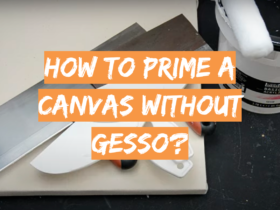




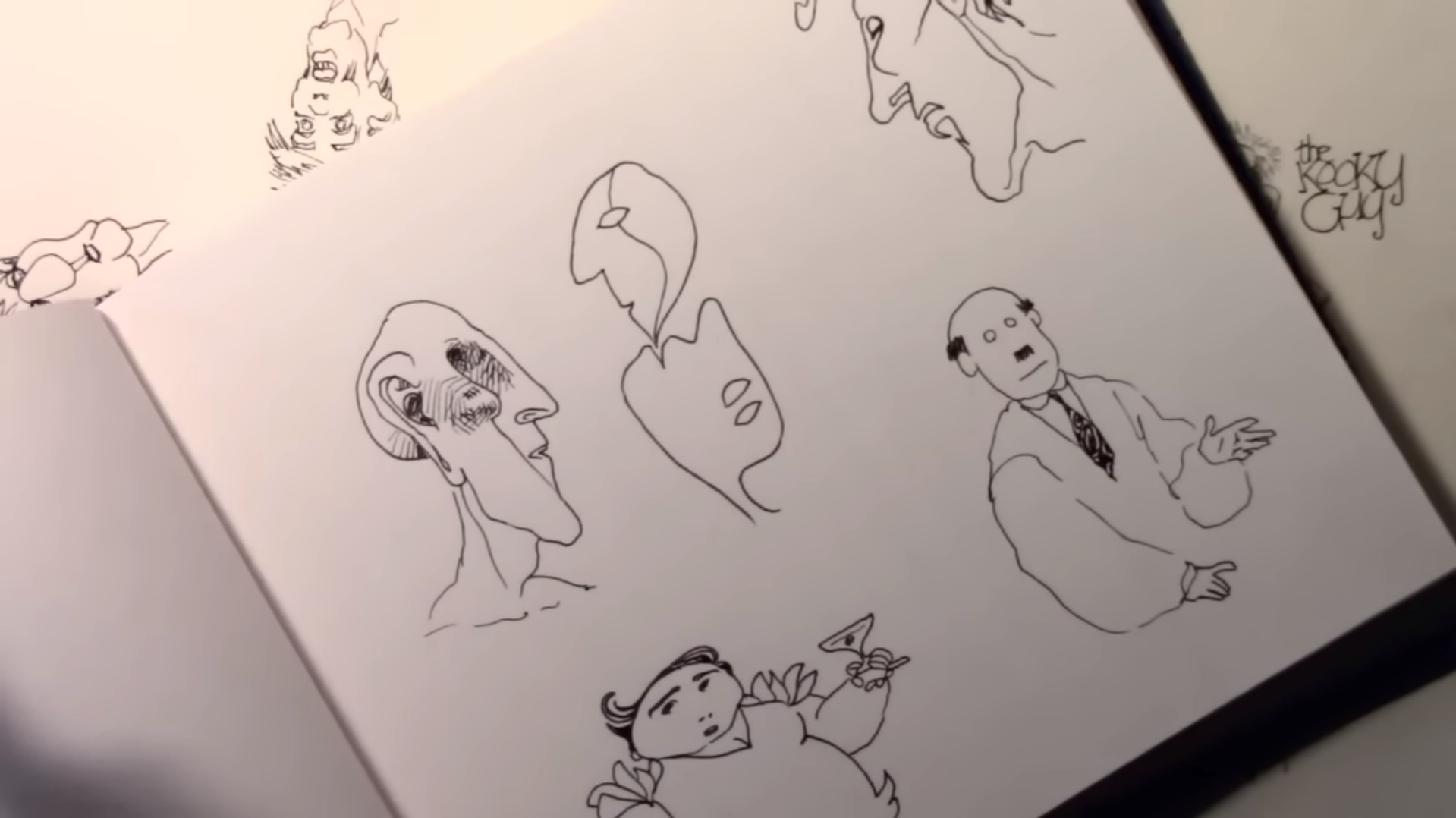
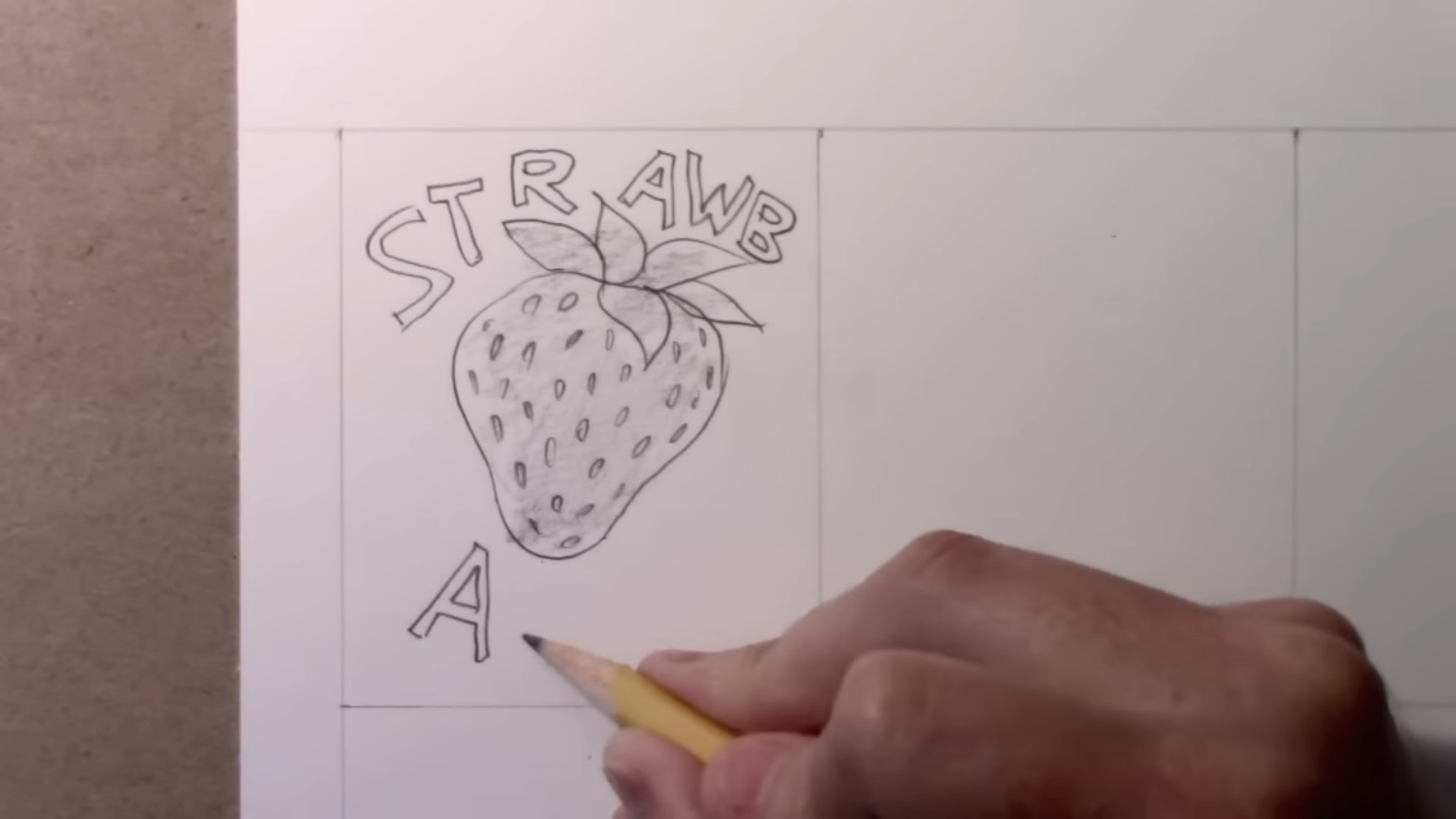
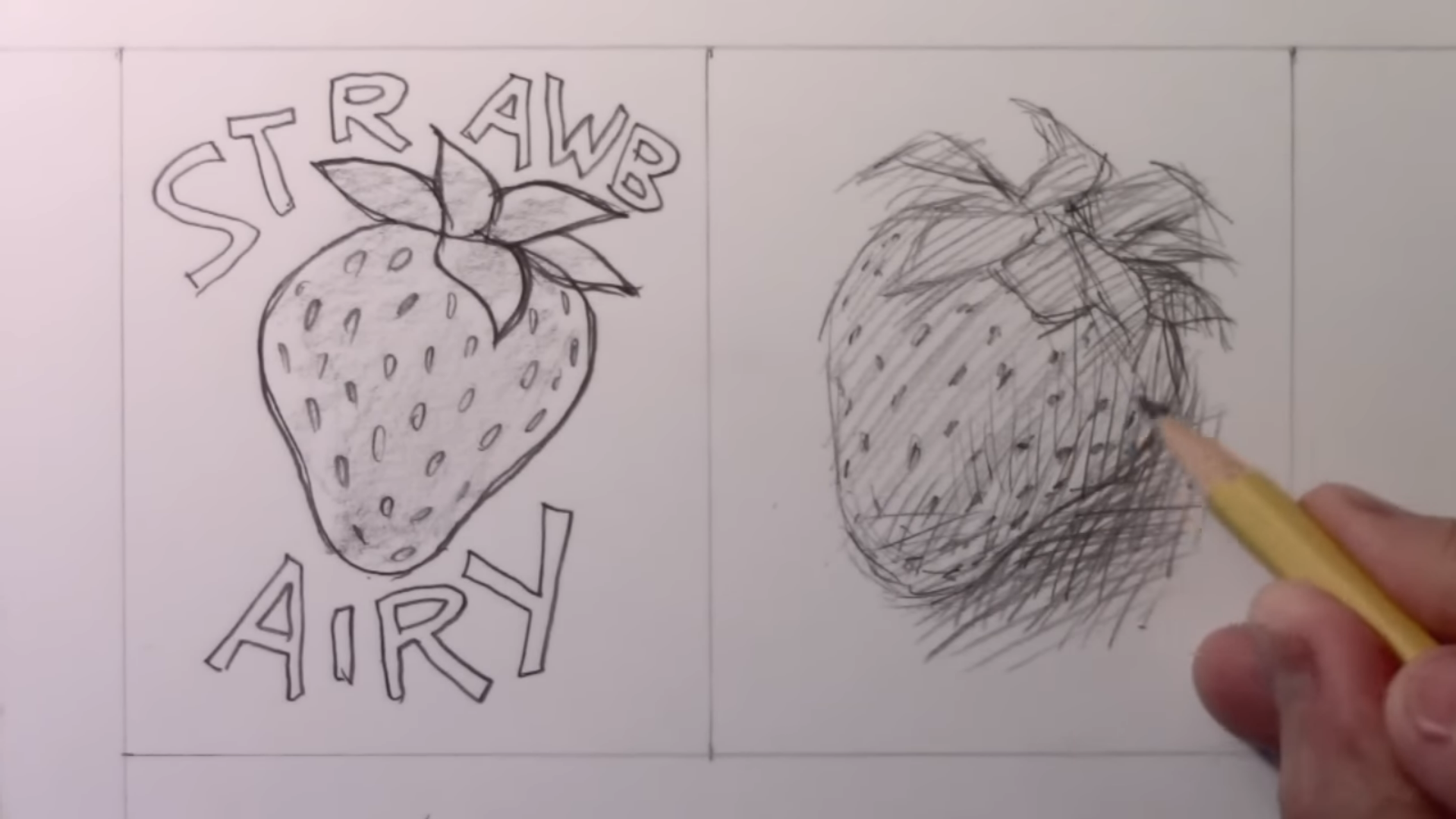
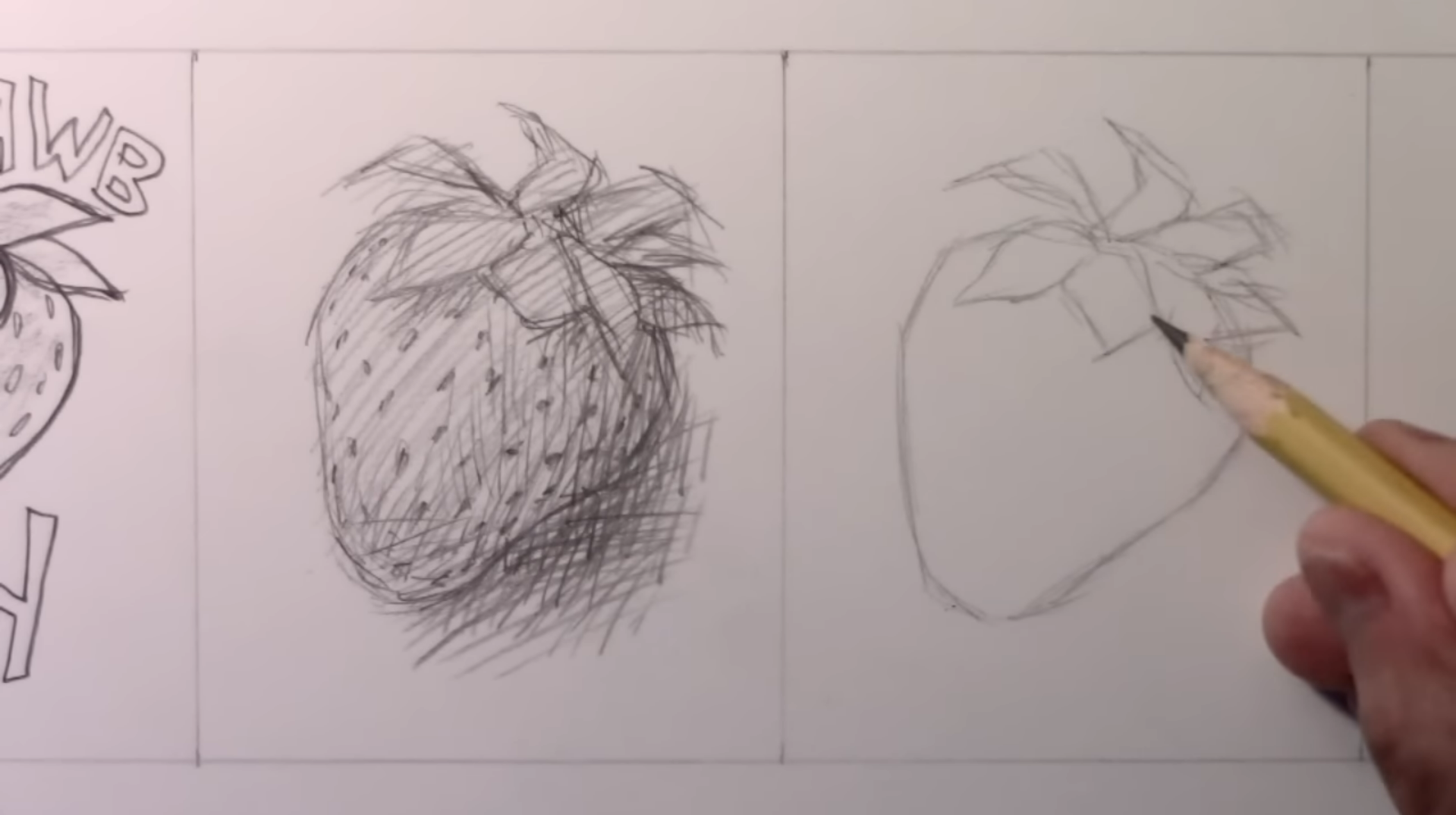
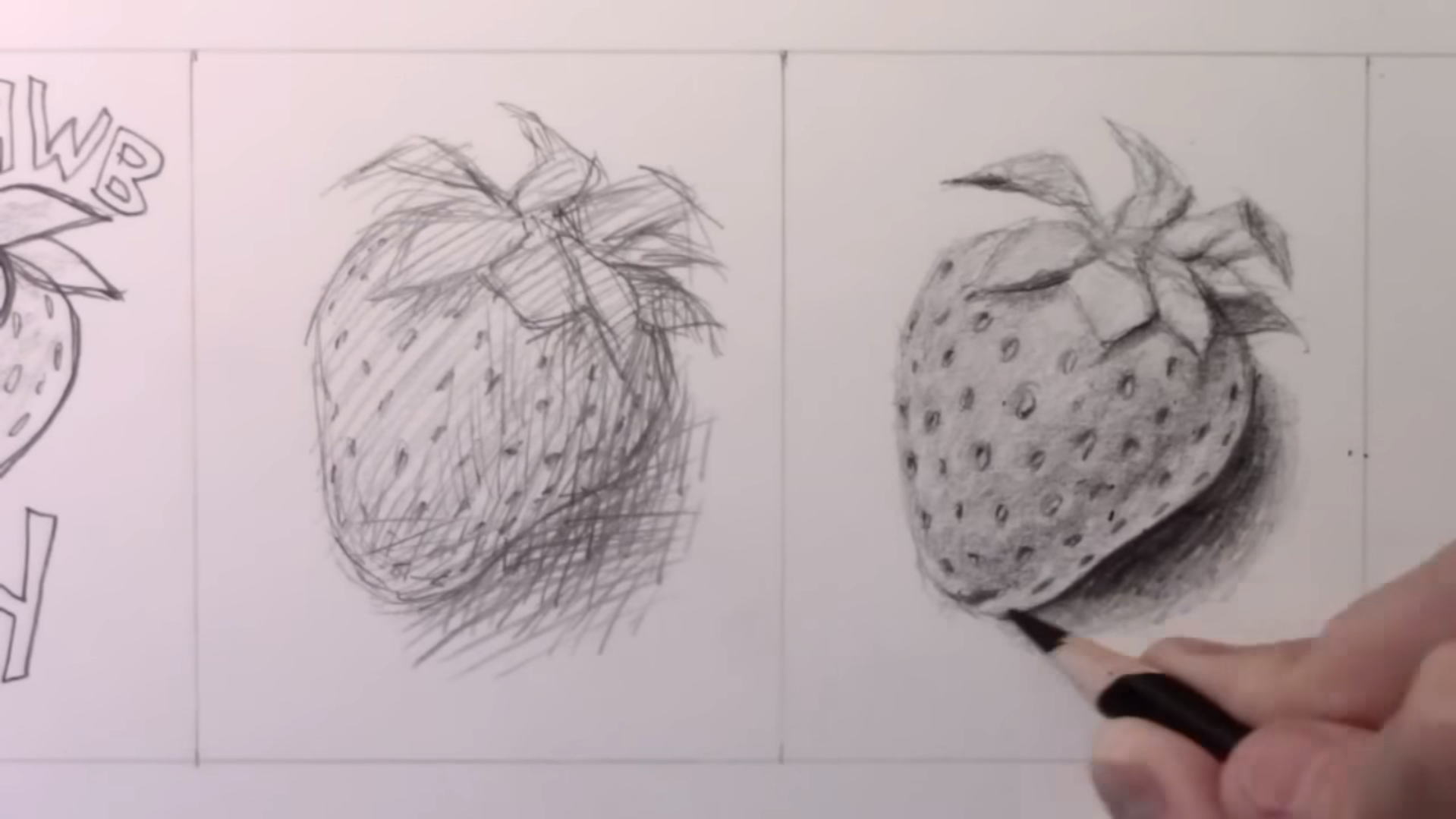

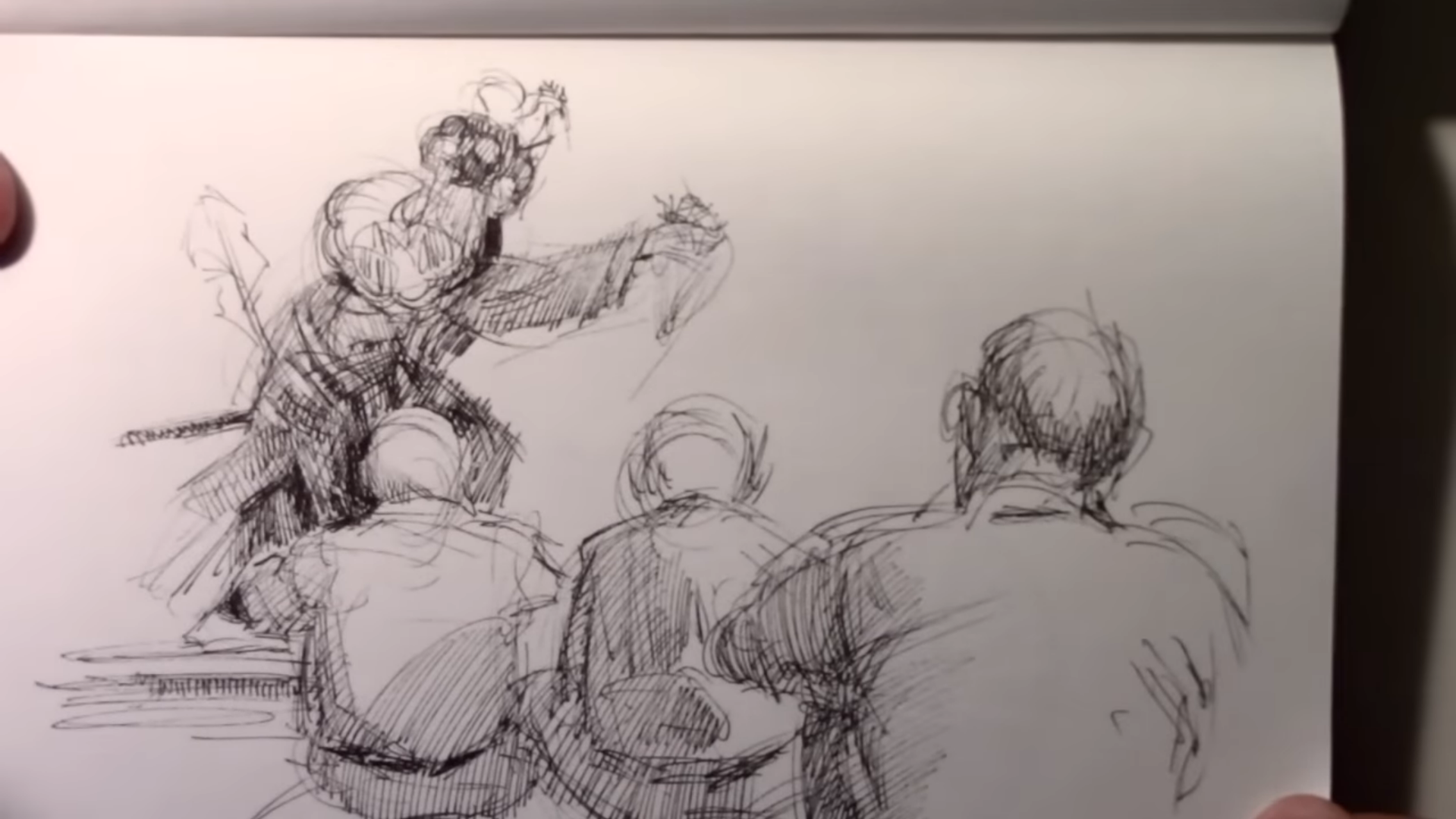
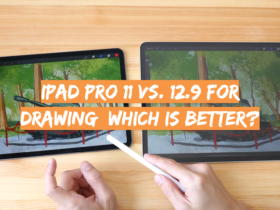
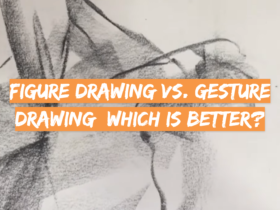
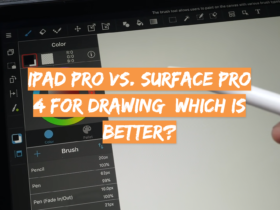
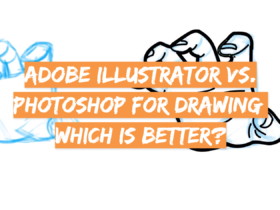
Leave a Review